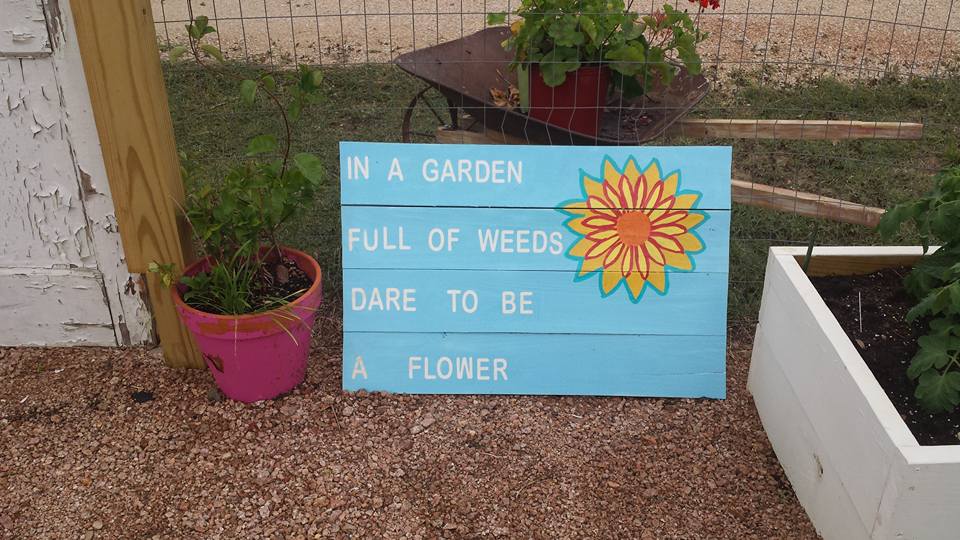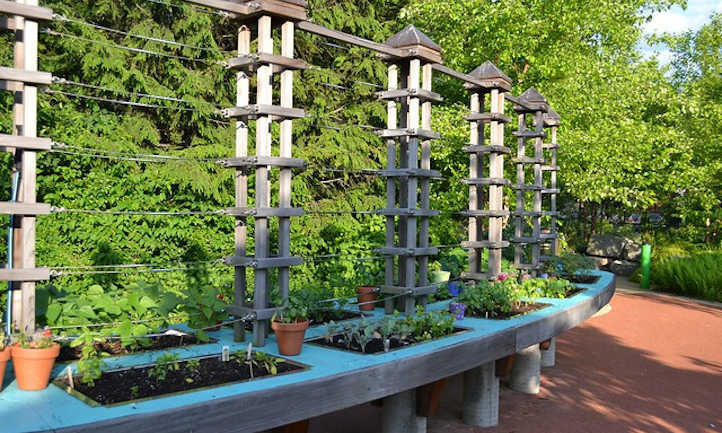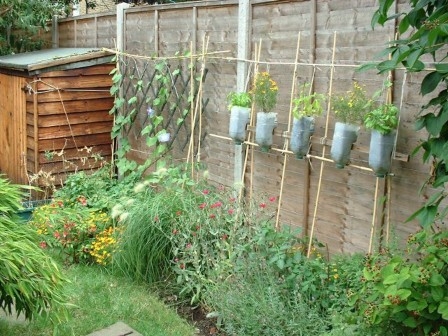In recent times, vertical gardens have become a trend among garden enthusiasts, especially for those with limited outdoor space. The art of growing plants vertically not only saves space but also adds a touch of greenery to walls, balconies, and other areas. However, to truly elevate the beauty of your vertical garden, you should consider incorporating a trellis. A trellis not only provides support to climbing plants but also enhances the overall aesthetic appeal of your garden. Let's delve deeper into the world of vertical gardens with trellises!

Pro Tip: As an experienced gardener, I can't emphasize enough the magic a trellis can bring to your garden. When choosing a trellis, opt for sturdy materials like metal or treated wood, as they offer long-lasting support for your climbing plants. Before installing the trellis, ensure it's positioned against a stable surface and anchored securely to withstand the weight of your green climbers.
Understanding the Concept of a Vertical Garden
A vertical garden is a unique way to grow plants upwards instead of the conventional horizontal planting. It involves using various structures like walls, fences, or frames to support the growth of plants vertically. This innovative approach to gardening allows you to make the most of limited space and transforms dull walls into vibrant living artwork.
The Role of a Trellis in Enhancing Vertical Gardens
A trellis acts as a backbone for your vertical garden, providing essential support to climbing plants such as vines, creepers, and flowering varieties. By guiding these plants upwards, the trellis not only helps them grow more efficiently but also creates a visually appealing backdrop. The trellis becomes an integral part of the garden design, adding a touch of elegance and structure.
Choosing the Right Trellis for Your Vertical Garden
Selecting the perfect trellis is crucial to complement your vertical garden's aesthetics and ensure the plants receive adequate support. Consider factors such as the trellis material, size, design, and durability. Metal and wooden trellises are popular choices, offering a blend of strength and natural beauty. Additionally, choose a design that aligns with the theme of your garden.
Installing and Maintaining the Trellis
Installing a trellis in your vertical garden is a straightforward process. Secure the trellis firmly against the chosen support structure, ensuring it can withstand the weight of growing plants. Regular maintenance involves inspecting the trellis for any damages and ensuring it remains stable. Keep an eye on the growth of plants and guide them along the trellis to promote healthy development.
Creative Ideas to Maximize Your Vertical Garden with a Trellis
a. Vertical Herb Garden: Grow a variety of herbs on your trellis-supported vertical garden. This not only adds functionality but also fills the air with delightful aromas.
b. Flowering Paradise: Create a breathtaking display of colorful flowers on your trellis. Mix and match different flowering plants to form a vibrant floral arrangement.
c. Privacy Screen: Use tall trellises to form a natural privacy screen around your outdoor space. Combine climbing plants with dense foliage for an effective and beautiful screen.
d. Trellis as Art: Treat your trellis as an art canvas by training the plants to form unique patterns or shapes. Unleash your creativity and turn your garden into a living masterpiece.
e. Edible Walls: Grow vegetables and fruits on your trellis-supported vertical garden. Harvest fresh produce right from your walls, adding a sustainable touch to your lifestyle.
Frequently Asked Questions
Q1: What is a trellis, and how does it enhance a vertical garden?
A trellis is a framework of interwoven wooden or metal bars that supports climbing plants. It enhances a vertical garden by providing a sturdy structure for plants to grow vertically, maximizing space and creating an attractive visual display.
Q2: What types of plants can be grown on a trellis in a vertical garden?
A wide variety of climbing plants can thrive on a trellis. Some popular choices include flowering vines like roses, clematis, and jasmine, as well as edible plants like tomatoes, cucumbers, and beans.
Q3: How do I choose the right trellis for my vertical garden?
When selecting a trellis, consider the size and weight of your chosen plants. Opt for a durable material like metal or rot-resistant wood. Choose a design that complements your garden's aesthetic and provides enough support for the plants to climb and spread.
Q4: Can I install a trellis on my existing vertical garden?
Absolutely! Trellises can be added to an existing vertical garden without much difficulty. Just secure the trellis firmly to a stable surface, ensuring it can handle the additional weight of the climbing plants.
Q5: How do I maintain a trellis in my vertical garden?
To keep your trellis in good condition, regularly inspect it for any damage or signs of wear. Clean the trellis when necessary to prevent the buildup of debris that might impede plant growth. Also, prune and train the climbing plants to ensure they follow the desired path on the trellis.
Conclusion
Incorporating a trellis into your vertical garden is a game-changer. It not only adds support to climbing plants but also elevates the entire garden design. Embrace the beauty and functionality of a trellis-assisted vertical garden and bring life to your walls with lush greenery and vibrant blooms. Get started on your trellis adventure today and witness your vertical garden transform into a captivating oasis. Happy gardening!



